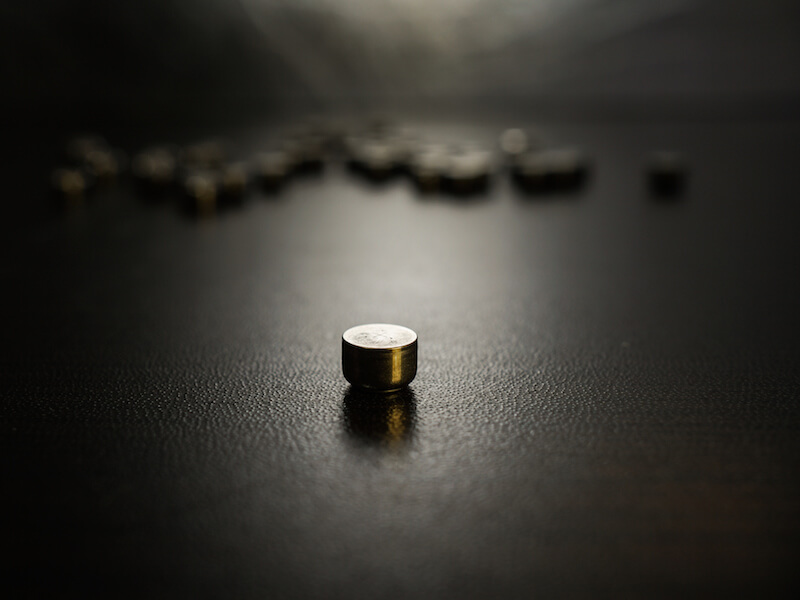
From phones to cameras to music players, how we power our electronics has evolved. A powerful, rechargeable hearing aid battery is finally living up to the hopes of hearing aid manufactures to replace the antiquated disposable power sources of the past.
Disposable hearing aid batteries have historically been the power source of choice amongst manufacturers, with size 312 batteries serving as one of the more common battery types. Today, the most prominent version of these batteries is known as a “zinc-air” battery.
Disposable Hearing Aids Have a Disadvantage
The presence of air effects a zinc-air battery, as the name implies. When it comes to the 312 batteries used in many hearing aids, the user is required to pull a small tab off the back of the battery before it’s turned on and functional.
As soon as it is fully oxygenated, it begins to lose power. So the power is draining even if the user isn’t currently using it.
Most users regard the length of life to be the greatest disadvantage of disposable batteries. Some reports have cited the average life expectancy of a size 312 disposable battery to be from 3 and 12 days, which means users may have to replace their batteries around 120 times per year.
That also means users may need to purchase 120 batteries, spend the time twice every week to change them, and correctly dispose of each. That’s most likely over $100 in batteries from a cost outlook alone.
Rechargeable battery Advancements
Rechargeable hearing aid technology has advanced to the point where it’s now a viable solution and that’s great news for individuals who wear hearing aids.
Studies have revealed that most individuals overwhelmingly prefer to wear rechargeable hearing aids. Over the years, these models were not practical because they didn’t hold a charge long enough. But modern rechargeable batteries will last all day without requiring a recharge.
Users won’t see substantial cost benefits by switching to rechargeable batteries, but where they will see a demonstrated improvement is in quality of life.
These new models give less aggravation on top of maintaining a 24 hour charge because the user doesn’t deal with the burden of continuously swapping out the batteries. They simply need to place the battery on the charger.
When a disposable battery nears the end of its life it won’t run your hearing aid at full power. There’s also no exact way to identify how close to being inoperable the battery really is. Consequently, users risk putting themselves in a situation where their battery might die at a crucial time. A faulty battery will not only lead to a safety concern, it could cause the user to miss out on important life moments.
Types of Rechargeable Hearing Aid Batteries
Rechargeable batteries come in various different materials, each offering distinct advantages. Integrated lithium-ion batteries are one alternative being used by manufacturers because of their ability to hold a 24-hour charge. You might be surprised to learn that this same kind of technology is what charges and powers your cellphone.
Silver-zinc technology is another material used for modern rechargeable hearing aids. This innovative technology was originally developed for NASA’s Apollo missions to the moon. You can even use this technology to modify and retrofit the existing hearing aids you’re comfortable with by converting the device to rechargeable power. Just like lithium-ion, silver-zinc can also supply enough power to last you for a full day.
There are also models that allow you to recharge the hearing aid without removing the battery at all. During the night, or at some other time when the hearing aid isn’t in use, the entire hearing aid can be placed directly into the charger
While each of these rechargeable strategies provides substantial benefits over disposable batteries, each option should be properly vetted to get a complete picture and to identify if it’s right for you.
If you’re searching for more information about hearing aid technology or how to pick the ideal hearing aid to satisfy your needs, we encourage you to look at our hearing aids section.